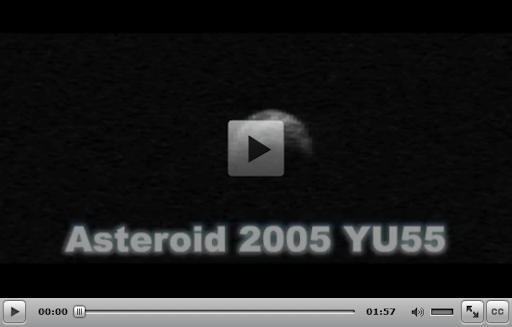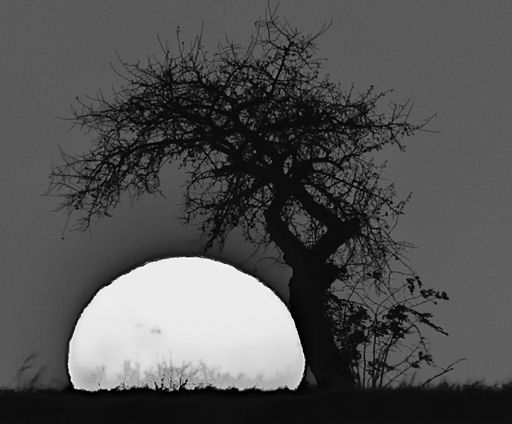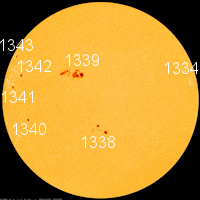~SPACEWEATHER UPDATE~ 11~7~11
CHANCE OF FLARES: Big sunspot 1339 has quieted since a flurry of M-flares on Saturday, but the active region still poses a threat for strong eruptions. NOAA forecasters estimate a 70% chance of M-flares and a 10% chance of X-flares during the next 24 hours. Solar flare alerts: text, voice.
ASTEROID FLYBY: NASA radars are monitoring 2005 YU55, an asteroid the size of an aircraft carrier, as it heads for a Nov. 8th flyby of the Earth-Moon system. There is no danger to our planet. At closest approach on Tuesday at 3:28 pm PST (23:28 UT), the 400m-wide space rock will be 324,600 kilometers away, about 85% the distance from Earth to the Moon.
Professional astronomers are eagerly anticipating the flyby as the asteroid presents an exceptionally strong radar target. Powerful transmitters at Goldstone and Arecibo will ping the space rock as it passes by, revealing the asteroid's shape and texture in crisp detail, and pinpointing its orbit for future flyby calculations. A movie from JPL explains:
Asteroids this big have passed by Earth at similar distances many times before, but this is the first time astronomers have known about the flyby in advance. For instance, a similar encounter occurred in 1976 when 2010 XC15 split the distance between Earth and the Moon. Researchers didn't discover that space rock until 24 years after the flyby. The Nov. 8, 2011, passage of 2005 YU55 thus represents a rare opportunity for asteroid research.
Experienced amateur astronomers should be able to photograph 2005 YU55 as it zips through the constellations Aquila and Pegasus glowing like an 11th magnitude star. Even under the full moonlight of Nov. 8th, such a bright asteroid is within reach of mid-sized backyard telescopes. The timing of the flyby favors observers in western Europe and eastern parts of North America. Check Sky & Telescope for observing tips or go straight to JPL for the object's ephemeris.
FINE SUNSPOT: The emergence of giant sunspot AR1339 has had an unexpected effect on Earth. Instead of a rash of geomagnetic storms, there has been a rash of fine photography. Kamila M of Puławy, Poland, framed the sunspot in black and white at sunset on Nov. 6th:
The color version is not bad either. "It was a fight with the light!" says Kamila.
The sheer size of the sunspot (it is three times wider than Earth and almost ten times as long) makes it an easy target not only for backyard solar telescopes but also for off-the-shelf digital cameras. A bit of natural filtering provided by sunset clouds and haze is all a photographer needs to turn a gnarly-edged sunspot into art. Browse the links below for more examples.

Solar wind
speed: 325.9 km/sec
density: 0.1 protons/cm3
explanation | more data
Updated: Today at 2204 UT
X-ray Solar Flares
6-hr max: B9 1618 UT Nov07
24-hr: C3 0310 UT Nov07
explanation | more data
Updated: Today at: 2200 UT
![]()
Daily Sun: 07 Nov 11
Sunspot 1339 has a delta-class magnetic field that harbors energy for X-class solar flares. Credit: SDO/HMI![]()




